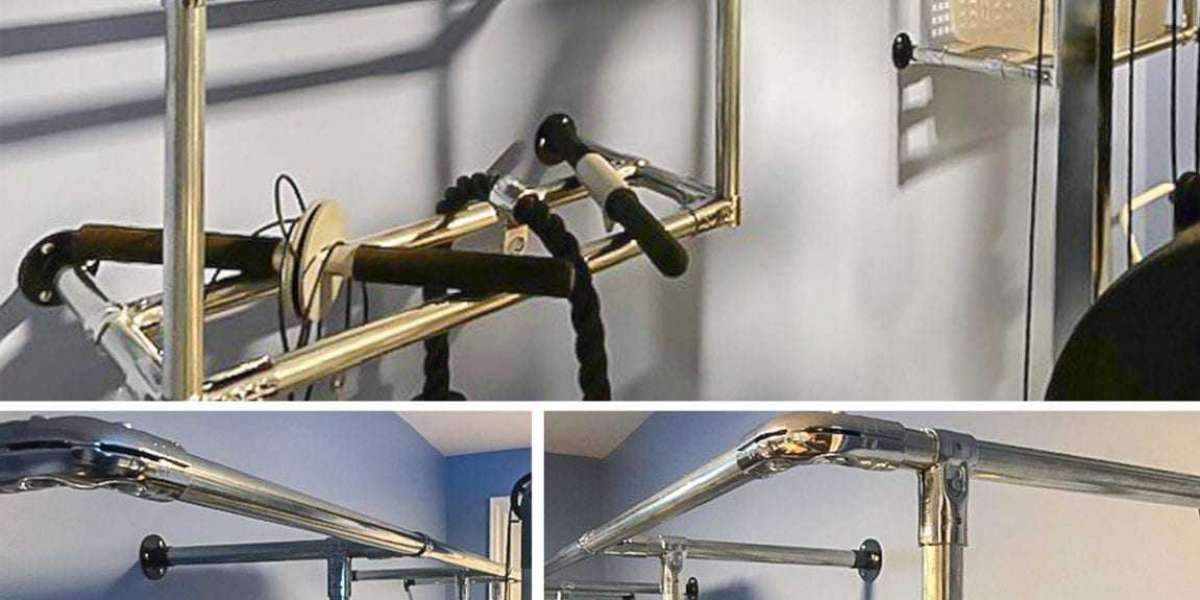Electrical metallic tubing (EMT) conduit is an important component used in electrical wiring systems. EMT conduit is a thin-walled tube made of galvanized steel, aluminum or stainless steel that is designed to protect and route electrical wiring. EMT conduit is widely used in both residential and commercial settings due to its durability, affordability and ease of installation.
In this article, we will explore the benefits and features of EMT conduit, its different types, how it is installed, and how it compares to other types of conduit.
Benefits of EMT Conduit:
EMT conduit is a popular choice for electrical wiring because it offers a number of benefits. Firstly, it is a lightweight and easy to install material that can be cut to size without any specialized tools. Additionally, EMT conduit is affordable, which makes it an attractive choice for many projects. Moreover, it provides excellent protection for electrical wiring, which is crucial for safety and longevity of the wiring. Lastly, EMT conduit is resistant to corrosion, making it a great option for areas that are exposed to moisture or harsh weather conditions.
Types of EMT Conduit
EMT conduit comes in various types depending on the material it is made of. The most common types are steel, aluminum, and stainless steel. Steel EMT conduit is the most popular type due to its durability and affordability. Aluminum EMT conduit is lightweight, which makes it a great option for projects where weight is a concern. Stainless steel EMT conduit is the most expensive type, but it is also the most durable and corrosion-resistant.
Installation of EMT Conduit:
EMT conduit is easy to install and requires minimal tools. The conduit is cut to size using a conduit cutter or hacksaw. Then, the conduit is bent to the desired angle using a hand-held bender. After the conduit is cut and bent, it is attached to the wall or ceiling using clamps. The wires are then pulled through the conduit and connected to the appropriate outlets.
Comparison to Other Types of Conduit:
EMT conduit is just one of many options for electrical wiring protection. Other types of conduit include PVC, rigid metal, and flexible metal conduit. PVC conduit is lightweight and affordable, but it is not as durable as EMT conduit. Rigid metal conduit is the most durable type of conduit, but it is also the most expensive and difficult to install. Flexible metal conduit is a good option for projects that require flexibility, but it is also more expensive than EMT conduit.
Conclusion:
In summary, EMT conduit is a versatile and cost-effective option for electrical wiring protection. Its ease of installation, durability, and affordability make it a popular choice among homeowners and contractors. When selecting conduit for your electrical project, it is important to consider the benefits and features of each type to ensure you are choosing the right one for your needs.








